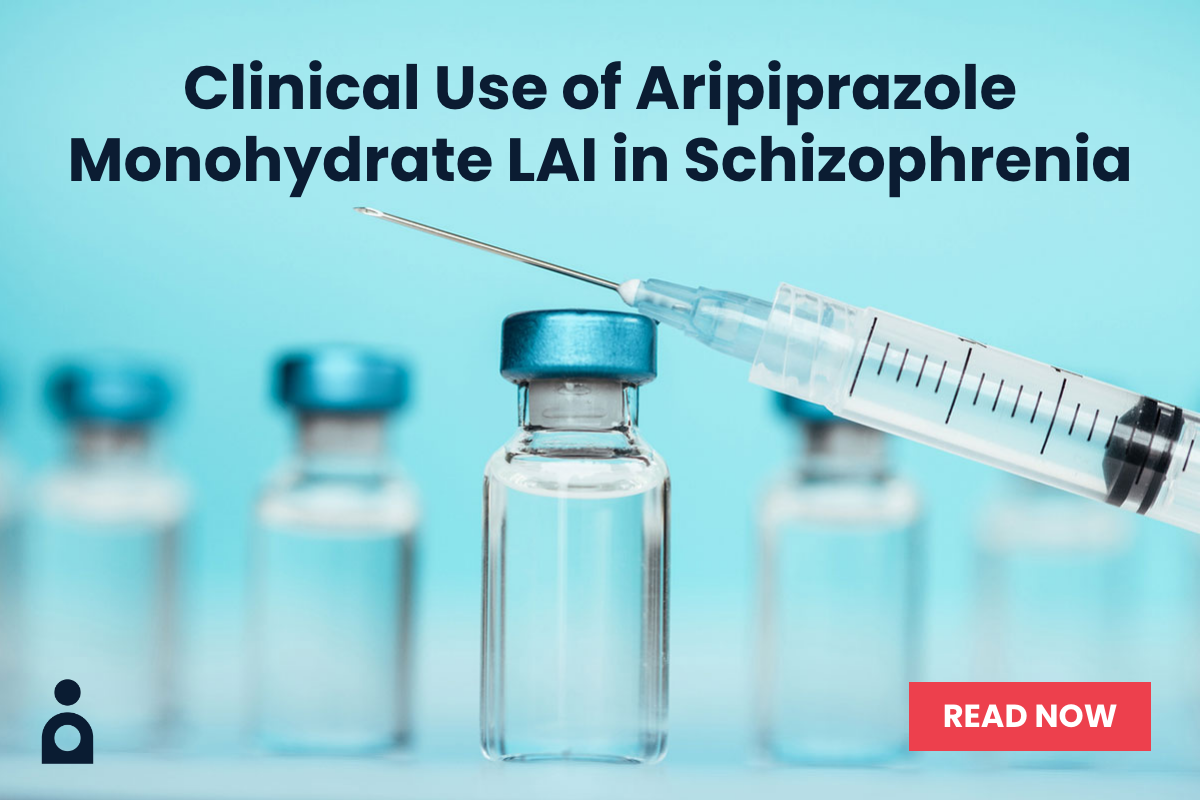Objective: To compare neuropsychological performance in people at clinical high risk for psychosis (CHR), healthy controls (HCs), or subjects with first-episode psychosis (FEP).
Data Sources: Systematic PubMed/MEDLINE search through January 2014, without language restrictions, using search terms prodrome OR clinical high-risk OR ultra-high risk AND cognition OR individual test names.
Study Selection: Studies reporting neuropsychological data in CHR versus a HC or FEP groups or comparing CHR subjects who converted to psychosis (CHR-P) with CHR subjects who did not convert to psychosis (CHR-NP).
Data Extraction: Two authors independently extracted and compared neurocognitive test data.
Results: A meta-analysis was performed on 60 neuropsychological tests from 9 domains in 32 studies with 21 nonoverlapping samples (CHR = 1,684 patients, HC = 986, FEP = 405). Compared to HCs, people with CHR performed significantly worse in 7 of 9 domains (Hedges g effect size [95% confidence limit] = –0.17 [–0.30, –0.04] [attention/vigilance] to –0.42 [–0.64, –0.20] [verbal learning, speed of processing] and -0.43 [-0.68, –0.18] [social cognition]), except reasoning/problem solving and working memory (which separated in longitudinal studies). California Verbal Learning Test (–0.65 [–0.84, –0.46]) and Digit Symbol Test (–0.63 [–0.86, –0.40]) separated groups the most. Compared to FEP subjects, people with CHR performed significantly better in 5 of 6 domains (from 0.29 [0.03, 0.56] [speed of processing] to 0.39 [0.17, 0.62] [attention/vigilance, verbal learning] and –0.40 [0.18, 0.64] [working memory]), except reasoning/problem solving. CHR-P and CHR-NP performed significantly worse than HC (except visual learning, working memory in CHR-NP). Compared to CHR-NP, CHR-P performed significantly worse in 6 of 8 domains (from –0.24 [–0.44, −0.03] [attention/vigilance] to –0.49 [–0.76, –0.22] [verbal learning] and -0.54 [-0.80, -0.27] [visual learning]), without differences in reasoning/problem solving and working memory. Three individual tests (Rey-Osterrieth Complex Figure Test, Verbal Fluency Test/Controlled Oral Word Association Test, and California Verbal Learning Test) discriminated the best between CHR-P and CHR-NP (-0.49 [-0.82, -0.16], -0.45 [-0.86, -0.03], and -0.40 [-0.80, -0.00], respectively).
Conclusions: CHR has mild to moderate globally distributed neuropsychological performance deficits that lie between FEP and HCs. Neuropsychological performance deficits are greater in CHR-P than in CHR-NP, but they overlap, reducing their current utility for risk stratification.
Please sign in or purchase this PDF for $40.00.

